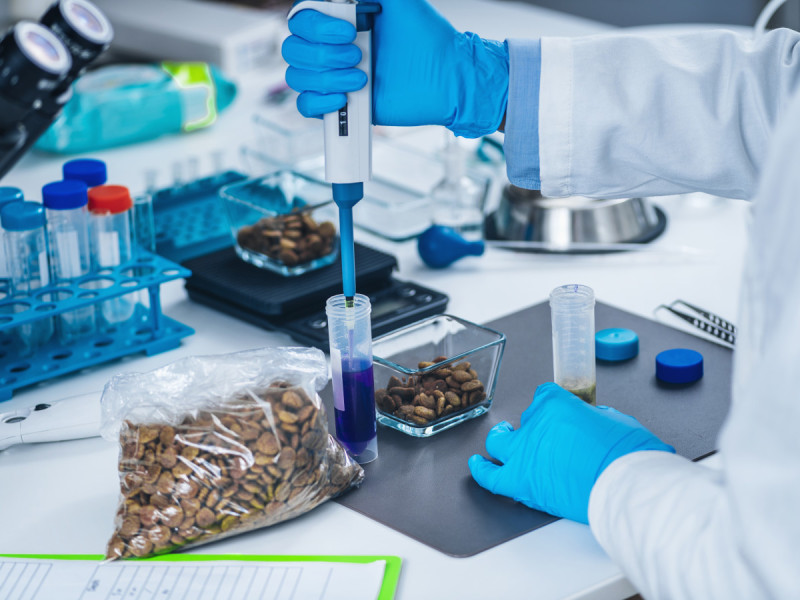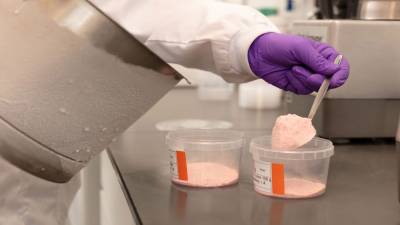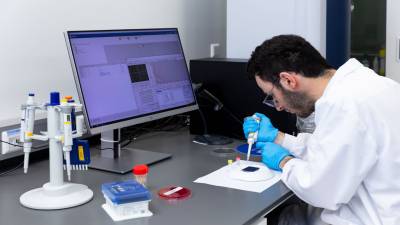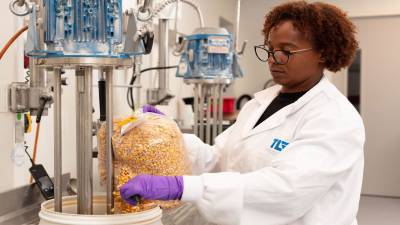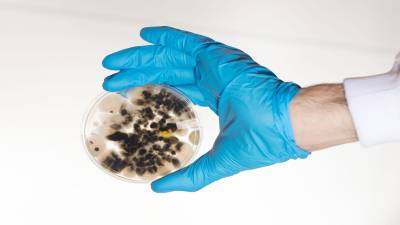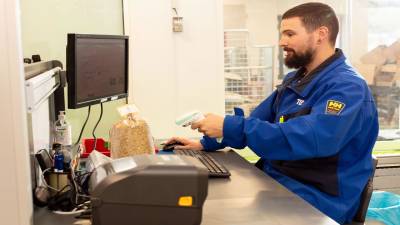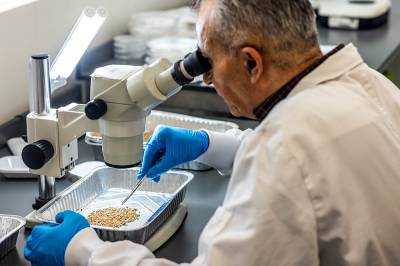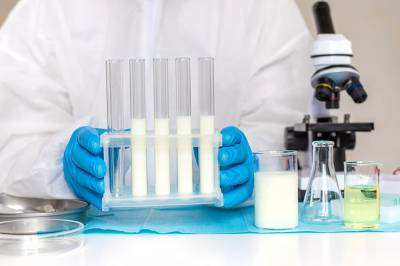Animal Feed Testing - The Weende Analysis Package
Origin and application.
The Weende analysis was developed in 1865 at the Landwirtschaftliches Untersuchungsamt in Weende (Germany) by Wilhelm Henneberg and Friedrich Stohmann. This standardised method forms the global basis for determining the basic nutritional values of animal feeds.
Importance of accreditation and standardisation
TLR performs Weende analyses in accordance with ISO 17025 (RvA L059). Depending on the analytical matrix (animal feed), the determinations are accredited. This approach provides assurance in four critical areas:
- Regulatory compliance
Regulation (EC) No. 767/2009 requires that feed materials and compound feeds state the minimum and maximum content of, among other things, crude protein, crude fibre and crude ash on the label. - Quality assurance
Validated analytical methods and standardised procedures within the Certus Logic Protocol ensure traceable, reproducible measurement results. - Trade certainty
Results from accredited laboratories are recognised for contract deliveries, export certification, audits and claims. - Nutritional optimisation
Accurate analyses make it possible to formulate feeds based on measured data rather than estimates.
Composition of the Weende analysis package
The Weende package consists of six standardised parameters that together provide a fundamental understanding of the chemical composition of animal feeds:
Parameter | Method and content |
Moisture content | Drying at 103 °C to constant weight |
Crude protein (CP) | Nitrogen determination (Kjeldahl or Dumas), multiplied by factor 6.25 |
Crude fat (EE) | Soxhlet extraction with petroleum ether |
Crude fibre (CF) | Residue after treatment with diluted acids and bases |
Crude ash | Ashing at 550 °C, representing inorganic content |
Nitrogen-free extracts | Difference between dry matter and the sum of the above fractions; mainly sugars and starch |
Meld je aan voor de laatste tips en adviezen dat je gelijk in de praktijk kunt brengen.

